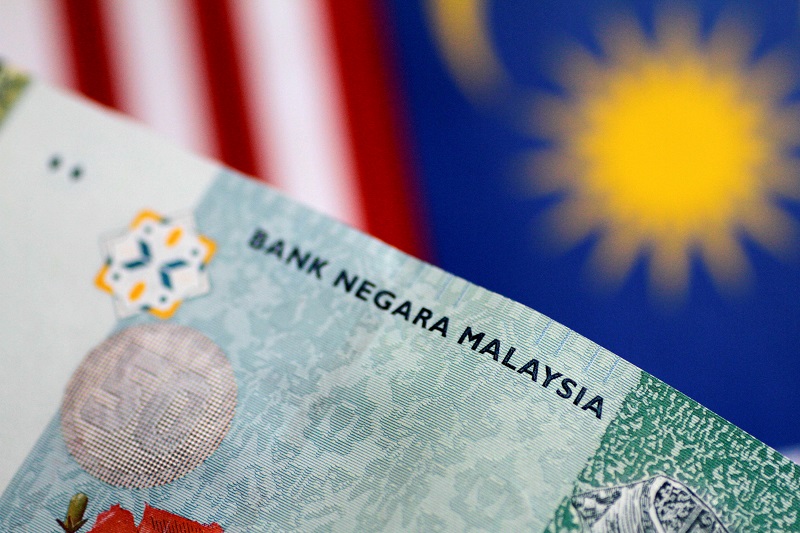KUALA LUMPUR, Nov 17 — Malaysia’s external debt edged lower to RM873.8 billion, equivalent to US$204.7 billion, or 65 per cent of gross domestic product (GDP), as at end-September 2017, compared to RM877.5 billion as at end-June 2017.
In a statement today, Bank Negara Malaysia (BNM) said, the lower external debt largely reflected the repayment of maturing interbank borrowing and valuation effects following the strengthening of the ringgit against selected major and regional currencies during the third quarter.
“These more than offset the increase, in particular, in non-resident (NR) holdings of domestic debt securities and deposits, as well as other debt liabilities. Malaysia’s external debt remains manageable given its currency and maturity profiles, as well as the availability of large external assets.
“More than one-third of total external debt is denominated in ringgit (34 per cent), mainly in the form of NR holdings of domestic debt securities and in ringgit deposits in domestic banking institutions. As such, these liabilities are not subjected to valuation changes from the fluctuations in the ringgit exchange rate,” it said.
The central bank said the remaining external debt of RM577 billion, or 66 per cent, was denominated in foreign currency (FC) and accounted mostly by banking institutions and corporates, which stood at 97.1 per cent of total FC borrowings.
These, it said, were subjected to prudential liquidity management practices and hedging requirements.
BNM said the bulk of these obligations were offshore borrowings, raised mainly to expand productive capacity and to better manage financial resources within corporate groups.
As at end-September 2017, BNM said, the offshore borrowing remained low at 36.8 per cent of GDP compared to 60 per cent of GDP during the Asian financial crisis, it said.
BNM said of the total FC-denominated external debt, inclusive of valuation effects, over one-third, or RM204.7 billion, were accounted by interbank borrowing and FC deposits in the domestic banking system.
“This largely reflects the banks’ intra-group liquidity management and placements of deposits from foreign parent entities, which are subjected to prudent liquidity management practices. Among these are internal limits on funding and maturity mismatches.
“This is then followed by long-term bonds and notes issued offshore which amounted to RM161.6 billion as at end-September 2017, primarily to finance asset acquisitions abroad that will generate future income,” it added.
Meanwhile, it said, the inter-company loans were typically on flexible and concessionary terms, such as no fixed repayment schedule or low interest rate.
From a maturity perspective, BNM said, over half of the total external debt were skewed towards medium- to long-term tenure, which represented 56 per cent of total external debt, suggesting limited rollover risks.
The central bank said it was important to note that the progressive liberalisation of foreign exchange administration rules has also resulted in greater decentralisation of the country’s international reserves.
“This is reflected in the increasing acquisition of assets abroad by resident banks and corporates,” it said.
In particular, it said, banks and corporates held around three-quarters of Malaysia’s external assets, amounting to RM1.3 trillion as at end-3Q 2017, which could also be drawn upon to meet their external debt obligations of RM664.5 billion, without creating a claim on international reserves.
As at Oct 31, 2017, international reserves were 1.1 times the short-term external debt and were sufficient to finance 7.6 months of retained imports, it said. — Bernama






















